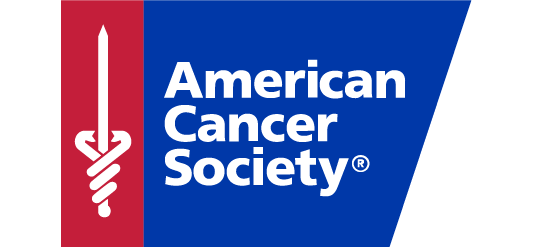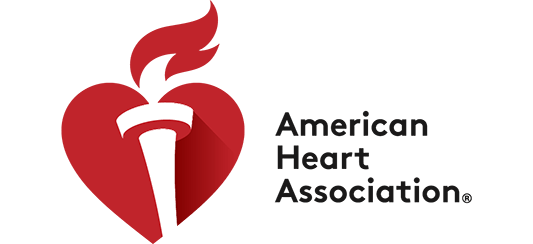
Stay Informed.

Allergies – What is Allergic Rhinitis?
Allergic rhinitis is the medical term for allergies. Your body may overreact to a particular allergen (or several) and cause symptoms like sneezing, watery eyes, etc. There are two common types of allergic rhinitis – seasonal allergies and perennial allergies.
Seasonal allergies are also known as hay fever. This is caused by an allergy to pollen and/or mold spores in the air. Symptoms usually occur in spring, late summer, and fall. These are the most common forms of allergy. You will feel worse when the pollen causing your symptoms is at the highest level.
Perennial allergies are symptoms year-round caused by other allergens like dust mites, pet hair, or mold.
Learn more about what causes your allergies and over-the-counter treatments here.
Seasonal allergies are also known as hay fever. This is caused by an allergy to pollen and/or mold spores in the air. Symptoms usually occur in spring, late summer, and fall. These are the most common forms of allergy. You will feel worse when the pollen causing your symptoms is at the highest level.
Perennial allergies are symptoms year-round caused by other allergens like dust mites, pet hair, or mold.
Learn more about what causes your allergies and over-the-counter treatments here.
COVID-19 – How Does the Vaccine Work?
Many vaccines work by injecting a weakened form of a disease germ into your body so your immune system can create antibodies to fight them. The protective antibodies typically stay in your body for the rest of your life.
The vaccine for COVID-19 is an mRNA vaccine and works a little differently. It gives your cells instructions to make a special protein called a “spike protein.” This then signals your immune system to create antibodies in the same way a weakened disease germ from a regular vaccine does. These antibodies prevent COVID-19 from entering your cells and making you sick.
None of the vaccines can cause COVID-19 because they are not weakened germs and do not replicate. The vaccines do not actually contain the virus that causes COVID-19 (Source).
Visit the CDC for the most up-to-date COVID-19 information
The vaccine for COVID-19 is an mRNA vaccine and works a little differently. It gives your cells instructions to make a special protein called a “spike protein.” This then signals your immune system to create antibodies in the same way a weakened disease germ from a regular vaccine does. These antibodies prevent COVID-19 from entering your cells and making you sick.
None of the vaccines can cause COVID-19 because they are not weakened germs and do not replicate. The vaccines do not actually contain the virus that causes COVID-19 (Source).
Visit the CDC for the most up-to-date COVID-19 information
Diabetes – What are the Symptoms of Diabetes?
There are two types of diabetes. In type 1 diabetes, your body doesn’t make insulin. In someone who has type 2 diabetes, the pancreas doesn’t make enough insulin or the body’s cells can’t use insulin properly (called insulin resistance).
Symptoms of diabetes vary from person to person and sometimes do not show up in early stages. Common symptoms include:
Symptoms of insulin resistance (type 2 diabetes) can include:
Learn more about diabetes from The American Diabetes Association.
Symptoms of diabetes vary from person to person and sometimes do not show up in early stages. Common symptoms include:
- Extreme hunger
- Extreme thirst
- Frequent urination
- Unexplained weight loss
- Fatigue or drowsiness
- Blurry vision
- Slow-healing wounds, sores, or bruises
- Dry, itchy skin
- Tingling or numbness in the hands or feet
- Frequent or recurring skin, gum, bladder, or vaginal yeast infections
Symptoms of insulin resistance (type 2 diabetes) can include:
- Darkening skin around the neck or in the armpits
- High blood pressure
- Cholesterol problems
- Yeast infections
- Skipped or absent periods
Learn more about diabetes from The American Diabetes Association.
Diet & Wellness – Keys to Healthy Living
Healthy eating is essential to healthy living. Making the right choices at the grocery store and at the dinner table can have a profound impact on maintaining your health. Additionally, any amount of exercise is better than none! There are so many benefits to being active.
Choose an activity that you enjoy doing – preferably ones that increase your heart rate and work major muscle groups. It also helps to have a partner to keep you on track. A good goal for most people is to work in 30 to 60 minutes of exercise 5 days a week.
Some resources to get you started on a healthy path:
Choose an activity that you enjoy doing – preferably ones that increase your heart rate and work major muscle groups. It also helps to have a partner to keep you on track. A good goal for most people is to work in 30 to 60 minutes of exercise 5 days a week.
Some resources to get you started on a healthy path:
Flu – Steps for Flu Prevention
There is no cure for viral infections like the flu, and symptoms can be severe. You can take steps to reduce your risk and protect yourself from getting sick.
Find more flu resources at familydoctor.org.
- Get a seasonal flu vaccine
- Wash your hands frequently
- Cough and sneeze into your elbow
- Stay at home when you are sick
- Clean common surfaces with disinfectant
- Eat healthy, exercise, and sleep well
Find more flu resources at familydoctor.org.
Other Helpful Resources
Learn about diseases and conditions like:
- Dementia
- Eczema and Atopic Dermatitis
- Gout
- High Blood Pressure
- High Cholesterol
- Low Back Pain
- Vitamin D Deficiency
Learn from health organizations like:


